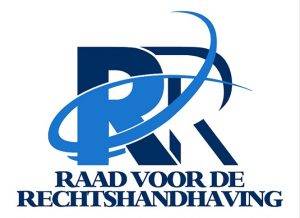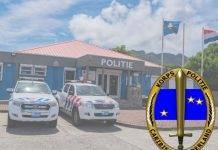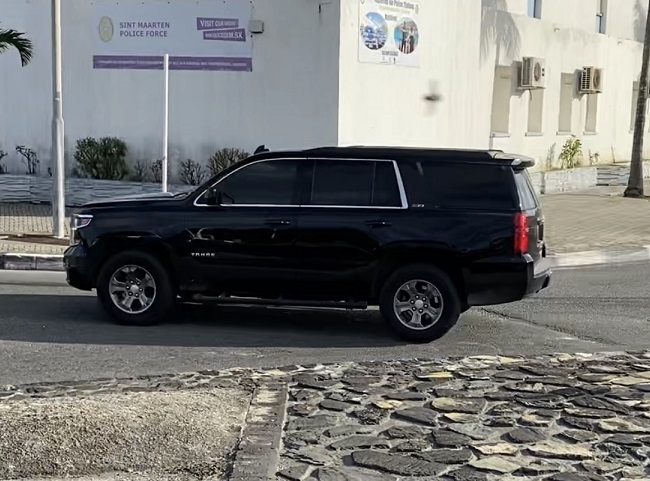 PHILIPSBURG, Sint Maarten – In the report published today, the Law Enforcement Council (Council) reports on its inspection as to what extent the Arrest Team (AT) of the Sint Maarten Police Force (KPSM) is equipped to carry out its tasks and how these tasks are carried out. Although the legal basis and procedures are (essentially) in order, the personnel, material, and financial capacity of the KPSM to maintain an AT are insufficient.
PHILIPSBURG, Sint Maarten – In the report published today, the Law Enforcement Council (Council) reports on its inspection as to what extent the Arrest Team (AT) of the Sint Maarten Police Force (KPSM) is equipped to carry out its tasks and how these tasks are carried out. Although the legal basis and procedures are (essentially) in order, the personnel, material, and financial capacity of the KPSM to maintain an AT are insufficient.
The Council concludes that the AT is therefore insufficiently equipped to carry out its operations.
Sint Maarten is a small country with big-city (criminal) developments and big-city problems and if the police (and therefore also the AT) do not (cannot) do their job, the damage, and therefore the costs for society will only be higher in the long run.
Guarantees and preconditions.
The KPSM has an AT that can be deployed in (potentially) life-threatening situations (against the police or others). This AT is the only local specialist unit that can carry out this specific type of operation. The deployment of an AT is the ultimate use of force by the police. This deployment is aimed at preventing or controlling any violence and minimizing the danger to police and third parties.
It is therefore important to have the necessary guarantees and preconditions for the safe and professional functioning of an AT. However, the inspection shows that certain preconditions that are important for the operations of the AT are insufficiently present.
Task execution and collaboration
Based on the inspection, the Council also concludes that, despite the inadequate conditions, the operations of the AT can only be carried out thanks to two important and positive aspects. This is on the one hand because the most common procedures are systematically taught and practiced in the various AT training programs. As a result, the police officers who are part of the AT, as well as those responsible for operational management, to a large extent, meet the physical and mental requirements imposed on them.
On the other hand, this is due to the extraordinary commitment of the individual police officers who are directly and indirectly involved in the AT. The Council believes that the execution and operational management of the operations of the AT is characterized by dedication, creativity, improvisation, and relevant expertise.
The Council also notes that the various training programs are facilitated by the AT’s partnerships at the local, regional and kingdom level. These partnerships form the basis for high-quality training, mutual support, and interchangeability.
Necessary requirements for task performance, management, and administrative responsibility Finally, the Council is convinced that, in view of the nature of the operations and the associated risks of an AT, high demands must be placed on the organization of an AT and on the people who are part of it.
In the Council’s view, it should go without saying that those high standards should also apply to the administrative authorities ultimately responsible for the operations of the AT. However, the awareness among the administrative authorities regarding their responsibility for the proper and safe functioning of an AT seems to be (too) low and there is certainly room for improvement.
In the report, the Council makes nine recommendations focusing on improving structural capacity problems together with raising awareness among the administrative authorities of their responsibilities in this context. The Council therefore requests the attention of all those responsible for this, so that the AT can (continue to) carry out its work in the safest possible manner.
The full inspection report and all other publications of the Council are available digitally in Dutch and English on the website: www.raadrechtshandhaving.com.






























